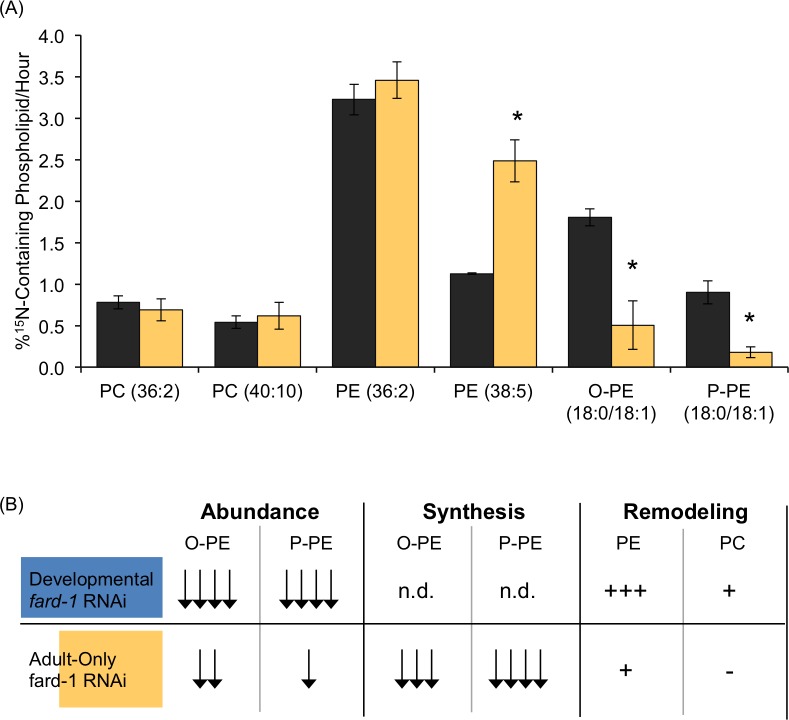Fig 4. Adult-Only fard-1 RNAi Treatment Causes Reduced Ether Lipid Production.
(A) 15N-incorporation assays allowed for the measurement of new phospholipid headgroup incorporation. Phospholipid species are identified here by the summated molecular species that comprise both fatty acid tails. For example O-PE (36:1) represents a plasmanylethanolamine with 36 carbons and one double bond in the associated fatty acids. In fard-1 RNAi-treated adults (yellow), there is depletion in newly synthesized O-PE (36:1) and P-PE (36:1), but not PC (36:2) or PE (36:2) as compared to control animals (black). Data was generated from at least 4 independent biological replicates with SEM shown. *p<0.05 was determined by unpaired t-tests using Holm-Sidak corrections for multiple comparisons. (B) Here we present a summary of the lipid biochemical data from developmental and adult-only fard-1 RNAi treatments. Developmental fard-1 RNAi results in stronger phenotypes across all categories including synthesis where there were not sufficient O-PE and P-PE lipids for analysis.

